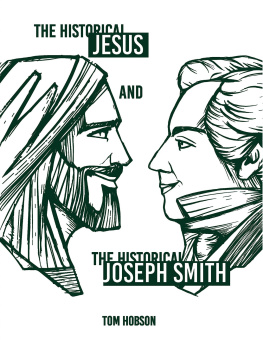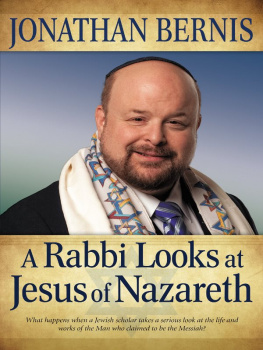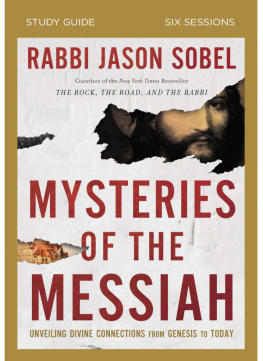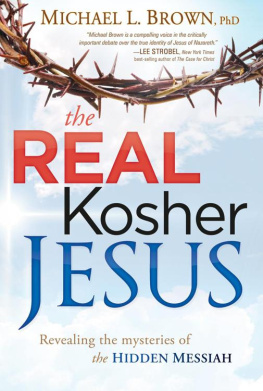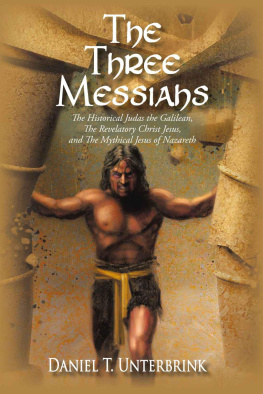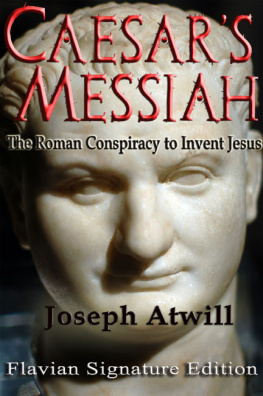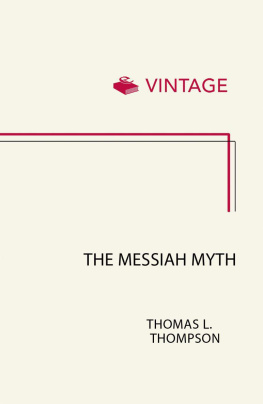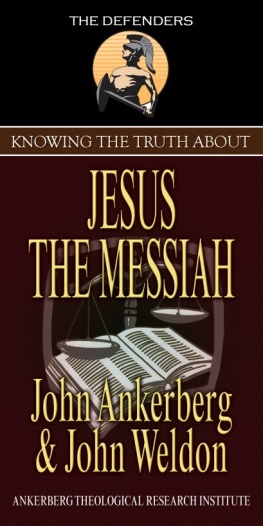Preface
This study draws together the research results from a number of publications and earlier studies in Early Judaism and Christianity. My first book, Jesus, Q, and the Dead Sea Scrolls: A Judaic Approach to Q (WUNT 2/333), critically compared several major themes in Q 37 with relevant texts from the Dead Sea Scrolls. The results of this study suggested that Q is an ethnically Judean text with a distinctive compositional profile, social history, and Christology. Q is a remarkably coherent text in its appeal to certain themes: the role of John the Baptist, the kingdom of God, Jesus as the son of man, the coming judgment on this generation. Its eschatological wisdom traditions are distinctive, as is its apparent lack of interest in Davidic messianism. Q 7:22, in particular, shares a number of Isaianic motifs with 4Q521, and this literary correspondence suggests some kind of relationship between the two faith-communities, as both shared similar messianic expectations. At the end of my book I noted that further work needed to be done on the Christology of Q and the Enoch traditions. Over the last few years I have published a number of articles on the identity, role, function, and influence of the mysterious Adamic figure who appears at the end of the Animal Apocalypse and the diverse ways in which Adamic traditions appear in Early Judaism and Christianity. It is my present conviction that these traditions represent an important key to unlocking some of the most obscure aspects of early Christianity.
Q is not, of course, a perfect solution to the Synoptic Problem, nor is it a simple cipher for Jesus. Nonetheless, Q is a useful hypothesis (or corollary of the Two Document Hypothesis) and makes good historical sense of the data. I suspect that it is precisely because it is widely understood to be an early Palestinian Jewish text containing some of Jesus most distinctive ethical teachings that it continues to hold the allegiance of most biblical scholars. We should not lose sight of the fact that Q also represents and reflects our best understanding of how the Jesus movement actually originated and developed: as a Jewish renewal movement in Judea and Galilee that subsequently expanded to greater Syria and the wider Roman Empire. Q is a useful tool because it anchors its traditions in Jesus Palestinian Jewish movement and does not reflect or represent the mostly Gentile network of communities founded by Paul.
The present study draws together several streams of research into a new approach to historical Jesus study. It might seem like the height of hubris to presume that one could offer anything new in Jesus Researchit is not so fashionable to do old-fashioned historical study today and many regard the Quest for the historical Jesus as little more than a fools errandbut it is my contention that Jesus identity, role, teaching, and practice have still not been fully understood in their original Jewish contexts. What does it mean to call Jesus messiah or Christ when he does not appear to fulfill the role many Jews of his day seem to have anticipated a messianic figure to perform? What does it mean to describe Jesus as nonviolent when the New Testament calls for Gods eschatological vengeance? The tensions between the historical Jesus apparent nonviolence and the violence attributed to Davidic messianismnot to mention the violence of apocalyptic eschatologyreveal deep, even fundamental paradoxes and ambiguities in the biblical tradition.
Like many, I grew up with the Bible and, like many, I have long been disturbed by the dark side of the Bible. The problems are legion. This study represents my own attempt to wrestle with these questions. A few words, therefore, about its structure are in order.
The study is divided into three parts. The first part, chapters 1-4, is a series of extended methodological essays addressing definitional issues regarding Jesus, Q, the Gospel(s), and the relationship between the historical Jesus and violence. These essays are framed within broader conversations about religion and violence in the Hebrew Bible and the New Testament. The second part, chapters 5-9, represents a chronological reevaluation of Jewish messianism and the case for a messianic Jesus. There is an incredible variety of messianic texts and templates in Second Temple Judaismranging from Davidic to prophetic, apocalyptic, sectarian, Enochic, son of man, new Adam, and Suffering Servantand the historical Jesus own particular messianic identity must be located (if it is to be located at all) on this spectrum. Accordingly, this study reexamines the Gospel accounts of Jesus crucifixion and titulus, Pauls use of Christos, Qs apparent lack of messianic language, and the so-called messianic secret in the Gospel of Mark, in an attempt to determine whether these traditions might shed light on how and why Jesus first came to be understood as messiah. What emerges from this study, largely as a result of renewed specialist interest in Enoch traditions, is that the Parables son of man tradition and the Animal Apocalypses Adamic figure represent the two most relevant messianic models or templates for Jesus research. The third part of this study, chapter 10, tests and demonstrates this proposal by analyzing some of the most distinctive and historically reliable texts and themes in Q.
I do not presume to think that this study represents any last words on these subjects. Given the range and scope of the project, I am more than likely to have missed some pertinent publications. Such omissions were unintentional, and I hope to be able to remedy any such deficiencies in the future. I also realize that this study does not adequately address the full complexity of Jesus relationship to the Torah and Temple, subjects I also intend to explore further in the near future. I am indebted here to far too many scholars to name, but I would like to acknowledge two who have been more than supportive with their time, kindness, and consideration. James A. Sanders has been exceptionally kind in his support of my work and his expert guidance on the Jubilee tradition. James M. Robinson, as always, has been encouraging at every step along the way, and remains an ever-gracious mentor and friend. I would also like to thank Neil Elliott for recommending this book for publication with Fortress Press and Lisa Gruenisen for her assistance with the projects efficient production.


